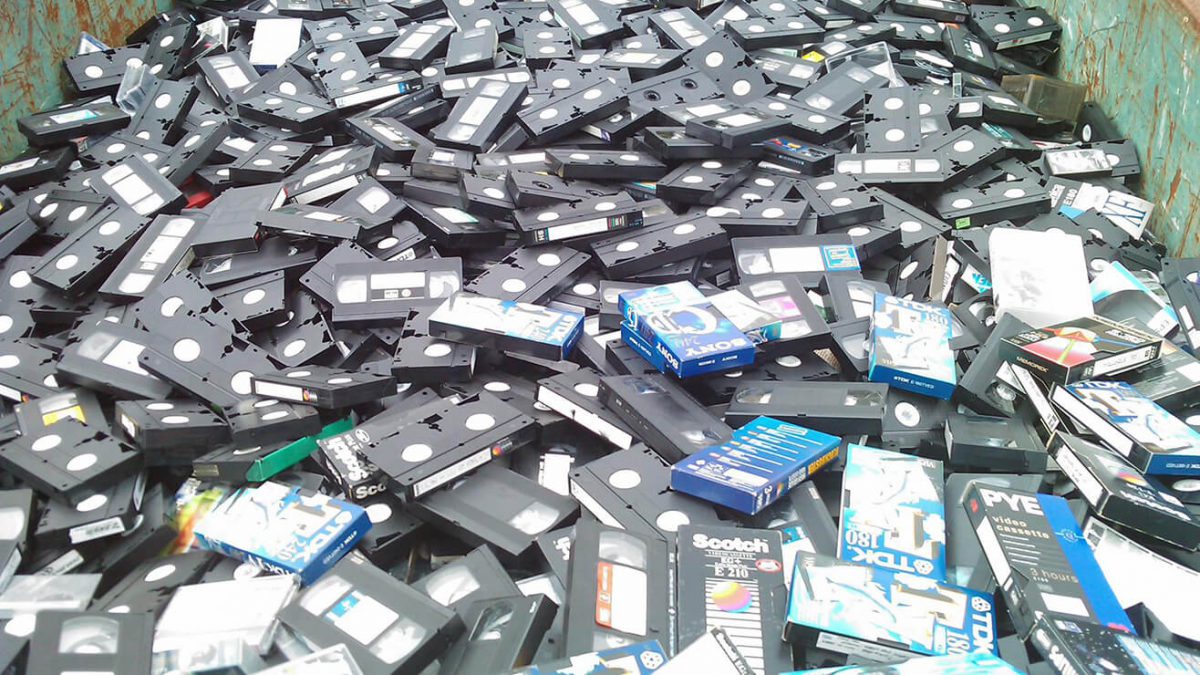Working with large video libraries is often needlessly complicated and frustrating. Old content gets forgotten, videos are hard to find, and you may even have some duplicates in there. Here are 10 simple ways you can streamline video management to ensure your expansive video collection stays organized, secure, and easy to explore for your viewers.
1. Use Descriptive Titles
It’s a big mistake not to name your videos with clear, descriptive titles. If you use something like “Video1.mp4” chances are you will have no idea what it is 6 months from now, if not 6 days from now. This will help you reach the right video faster with search queries, and to know at a glance where your content is.
Although increasingly rare, this rule applies to offline media just as much, if not more, as to online media. Who wants to waste time sorting through piles of harddrives or old DV tapes? When it comes to keeping your videos organized and easy to find, this ounce of prevention is worth many pounds of the cure.
2. Invent a Naming Convention for Specific Projects
If you create a systematic way to keep your videos in sequential order for a specific project, you will thank yourself a thousand times over down the road. Something as simple as inserting a number at the beginning of the file name will help you know that this is the first video from the initial phase of your project.
3. Backup Your Files on a Regular Basis
Creating a backup of new media is crucial to ensure continuity of your resources in the future. Thankfully, this is really easy to do these days with automated backups and cheap external harddrives. Better yet, create backups of your videos online so you can access them on the go. At SproutVideo, we allow you to save your Source Video File in addition to the HD and SD encoded versions you have access to. This can be a seamless way to backup your video files while working with your online videos.
4. Use Tags Extensively For Your Online Video Library
Tags are a multi-faceted tool that can make a big difference in the orderliness of your video content. On SproutVideo’s platform, you can use Tags like smart folders for your videos. This feature allows you to sort your videos in different ways, and drill down to very specific groups of videos. The ability to have more than one tag associated with your videos means you have additional search and sorting abilities.
If you’re using our video sites feature, you’ll notice that tags also enable your viewers to more easily search and explore your video content. Tags can be used to create categories on the video sites, making them a handy way to enhance the navigation options available to your audience.
5. Prune Often and Thoroughly
A massive library of videos can quickly spiral out of control if you don’t review its contents on a regular basis. Much like a wardrobe, you need to spring clean your content on a periodic basis. Try to go through your online videos at least once or twice a year in a systematic way to identify and remove videos that have outlived their usefulness, and archive or delete them.
6. Digitize Offline Media
Especially as video formats evolve and technology changes, your older offline content can become quickly antiquated or incompatible with modern devices and platforms. For instance, where’s your VCR? Converters also tend to become hard to find or difficult to use with the passage of time. Converting your offline media to MP4 video now will likely be a lifesaver down the road.
7. Pick Visually Descriptive Poster Frames
Customizing the poster frame for your video is a good idea for many reasons, but can be really helpful for determining which video is what at a glance. If all your videos have vague titles and unclear poster frames, you’d have to open each one and play it to figure out its subject matter. Using a poster frame from unique, standout moment in the video is particularly helpful for a series of videos with similar titles to help you quickly identify the one you want.
8. Include a Detailed Video Description
Mention the creator and the creation date somewhere in the video description field, or alternatively, as tags. This will help you keep track of who worked on different projects over time, and can be really useful if you want to work with someone again, or need to contact them for any reason. A detailed description of what the clip contains is a good way to keep a record of your content and help you find specific clips.
9. Periodically Review Online Video Privacy Settings
To prevent a long-forgotten video from surfacing online somewhere you might not want it to, conduct regular reviews of all your video privacy settings, including who can access them and the sites on which they are embedded. Doing so will help prevent unwanted video access and ensure your content stays secure.
10. Consolidate To A Single (Secure!) Location
If you have videos on hard drives, YouTube, different computers, your phone, and professional video hosting sites like SproutVideo, it will be really difficult to track and control your videos. In turn, you run the risk they will be misappropriated, lost, or just plain embarrassing at some point.
Finding a primary centralized repository for your content is crucial so you can have everything in one place. That’s part of why we pack so much storage into each of our pricing plans. If you then choose to syndicate your content on other platforms, keep a record of it and do so carefully.
Do you have any tips to add? Share your best method for handling large video libraries in the comments below!








